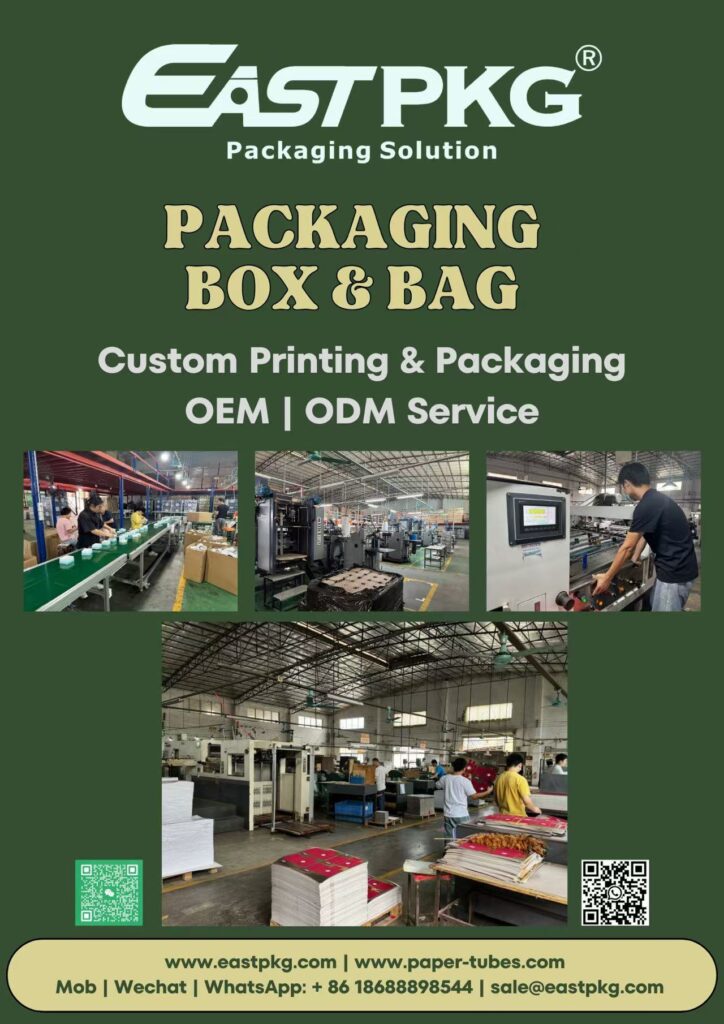In today’s diverse and increasingly eco-conscious market, the role of product packaging has far surpassed its basic function of protecting goods. It has become a storyteller for brand narratives, a leader in consumer trends, and an advocate for sustainable lifestyles.
In the food industry, packaging’s safety and environmental impact have become crucial indicators of brand responsibility and market competitiveness.
Food, as the cornerstone of human survival, requires packaging that not only ensures the product remains uncontaminated and fresh from production to consumption but also minimizes environmental impact and promotes resource recycling.
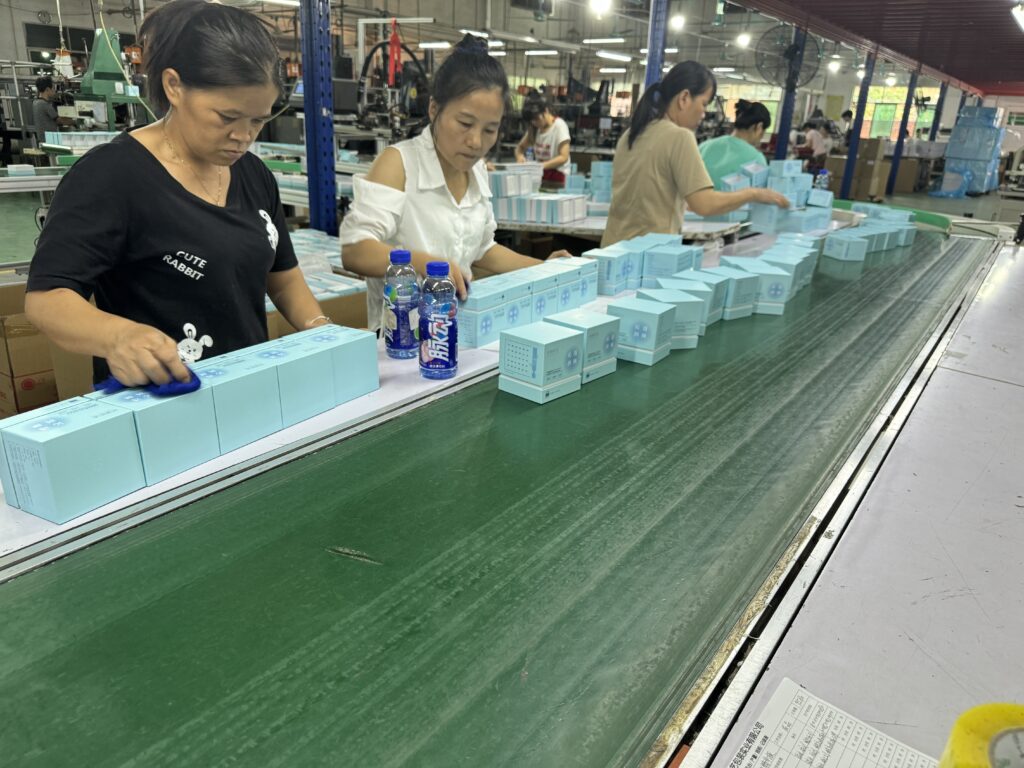
With the growing share of food packaging, including custom paper food boxes, in the overall packaging market, the food industry faces unprecedented pressures and opportunities for a green transformation.
Our planet, our shared home, is facing severe challenges such as environmental pollution and resource depletion. The consumer demand for green living compels businesses to reassess their packaging strategies and integrate eco-friendly principles into every aspect of product packaging.
As a product of this trend, sustainable paper boxes for food packaging are gradually transitioning from a niche concept to the mainstream, leading the green revolution in the packaging industry.
Exploring Green Packaging Dimensions
Within the broad realm of green packaging, businesses have various options to build their eco-friendly systems:
- Biobased Packaging: This type of packaging material comes from renewable resources such as crops and plant fibers and can decompose rapidly in the natural environment without harming the ecosystem. Despite higher costs and the need to monitor energy consumption and emissions during production, its overall environmental friendliness makes it a significant direction for green packaging.
- Compostable and Biodegradable Packaging: These materials break down naturally into organic components without leaving harmful residues. They are particularly suited for food packaging, ensuring minimal waste impact and aligning with sustainability goals. Recyclable paper food boxes are an excellent example of this approach.
- Ocean-Degradable Packaging: Addressing the issue of marine plastic pollution, ocean-degradable packaging materials are designed to break down quickly in seawater, reducing the threat to marine ecosystems. However, challenges such as technological maturity, cost, and application limitations still need to be addressed.
- Smart Packaging: Smart packaging integrates advanced technology with eco-friendly concepts. Through sensors and tracking systems, it allows real-time monitoring of food quality and storage conditions, effectively extending shelf life and reducing waste. Although the high technological barrier presents challenges, its long-term environmental and economic benefits are substantial.
- Circular Economy Packaging: This model emphasizes the circular use and redesign of packaging. By optimizing packaging design, improving recycling rates, and encouraging consumer participation in recycling programs, it creates a closed-loop management system for packaging materials. Custom paper packaging boxes play a crucial role in this process by offering recyclable and reusable solutions.
Addressing Challenges and Seizing Opportunities
While green packaging faces challenges such as high initial investment costs, limited consumer awareness, and inadequate recycling systems, the global awakening to environmental issues, supportive government policies, technological advancements, and growing consumer demand present unprecedented opportunities for green packaging development.
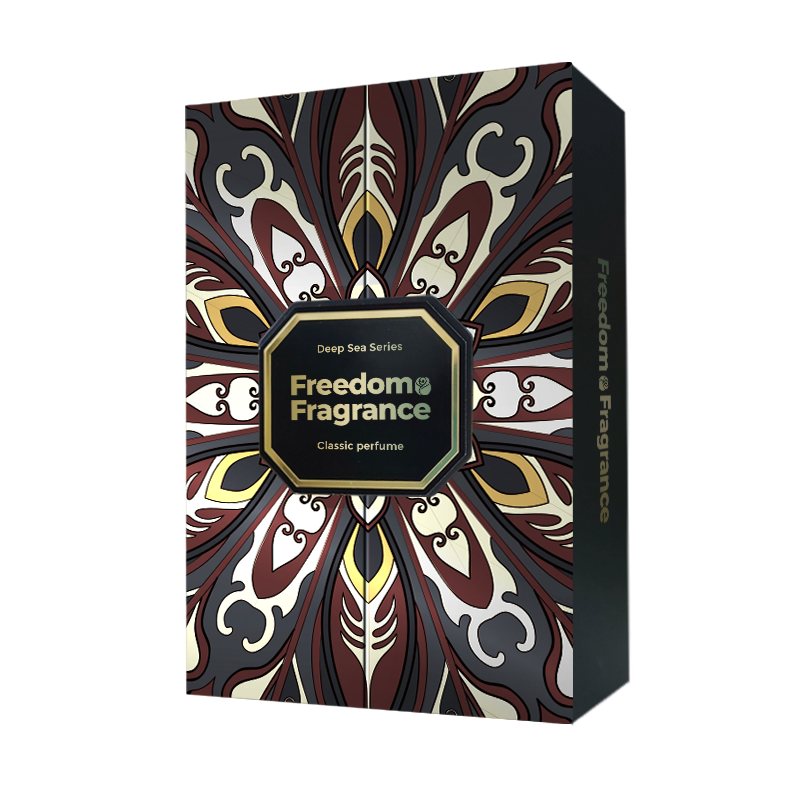
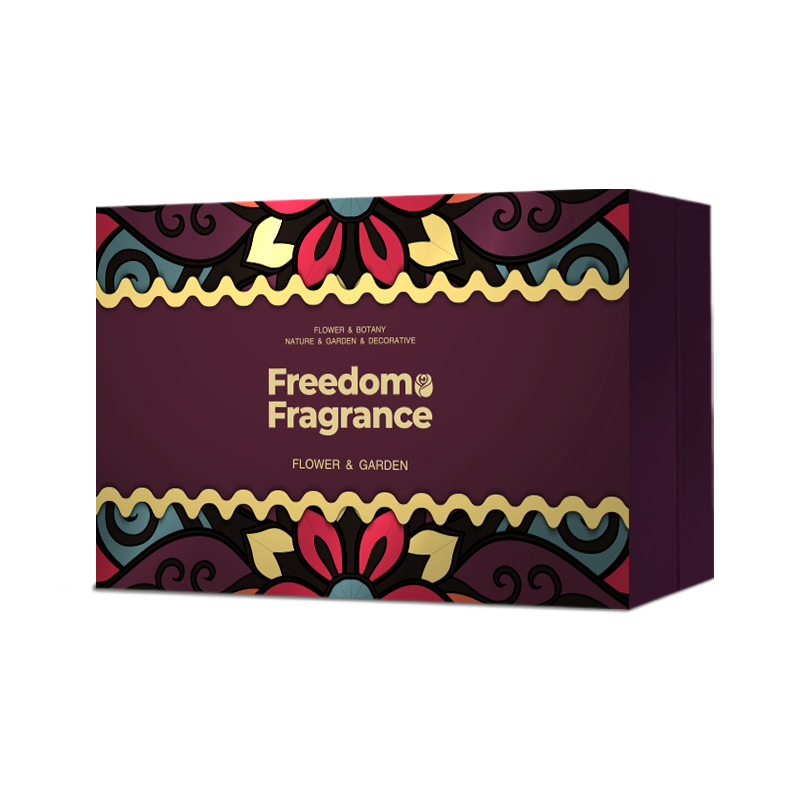
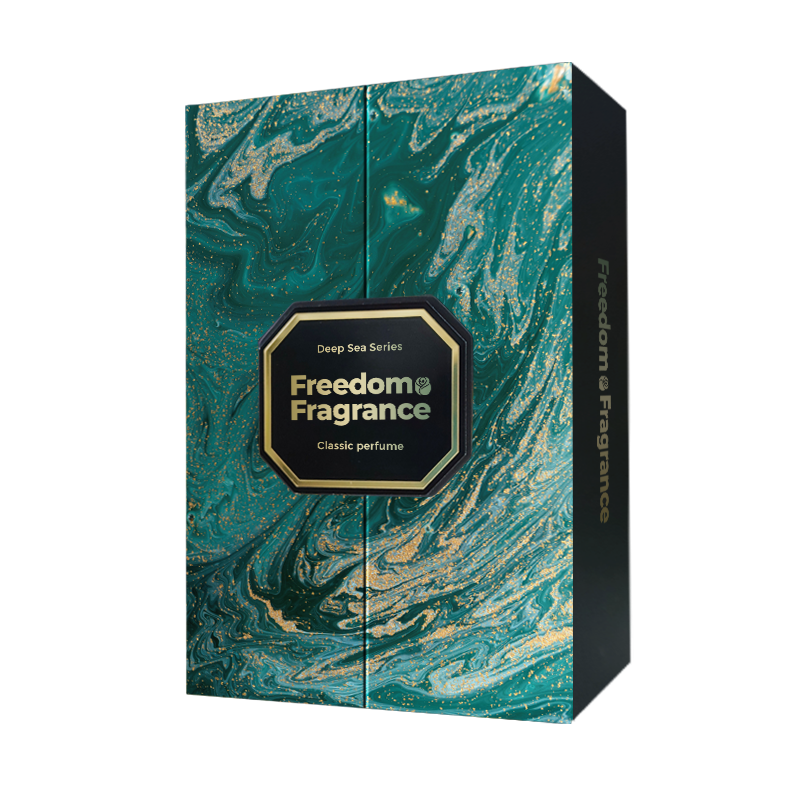
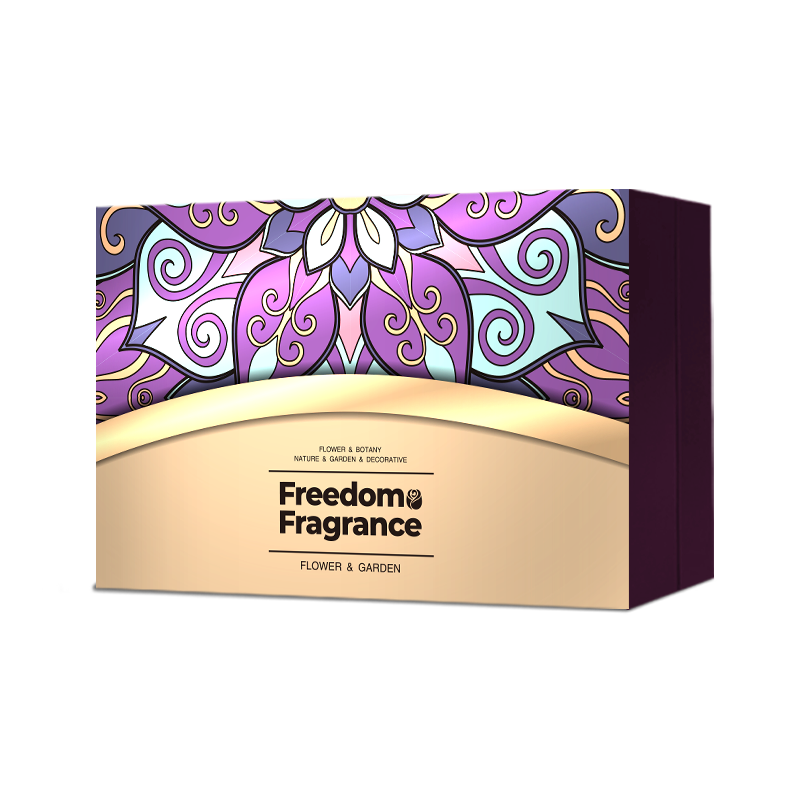
- Policy Guidance: Governments worldwide are implementing policies to encourage the use of eco-friendly packaging materials, increase recycling rates, and provide strong support for green packaging development.
- Technological Innovation: As advancements in material science and information technology continue, green packaging materials and technologies will become more mature, cost-effective, and efficient, offering businesses more options.
- Consumer Education: Through media promotion and brand guidance, raising consumer awareness and acceptance of green packaging can ignite their enthusiasm for participating in environmental actions. Clear labeling, informative packaging, and sustainability-driven marketing can help shift consumer habits towards eco-conscious choices. Eco-friendly paper food boxes are a prime example of how businesses can cater to this growing demand.
- Industry Collaboration: Strengthening cooperation and communication among upstream and downstream enterprises in the industry chain will drive the collaborative development of green packaging in research, production, application, and recycling. Cross-industry partnerships can accelerate the adoption of best practices and sustainable solutions.
Future Outlook
Looking ahead, green packaging is set to become one of the core competitive factors in the food industry and the broader packaging sector. With continuous technological innovation and market expansion, green packaging will exhibit increasingly diverse, intelligent, and efficient characteristics.
Businesses that embrace sustainable packaging solutions today will be well-positioned for future market demands and regulatory changes.
The shift towards sustainable food packaging is not just an industry trend—it is a responsibility. Consumers, brands, and policymakers must collectively drive this transformation to ensure a greener, healthier, and more sustainable future.
By prioritizing sustainability and integrating custom paper food boxes into their packaging strategies, businesses can contribute to a cleaner environment while meeting market demands.
With these efforts, we can leave future generations a more beautiful and thriving Earth, where food packaging no longer contributes to pollution but instead becomes part of a regenerative and environmentally friendly system.
